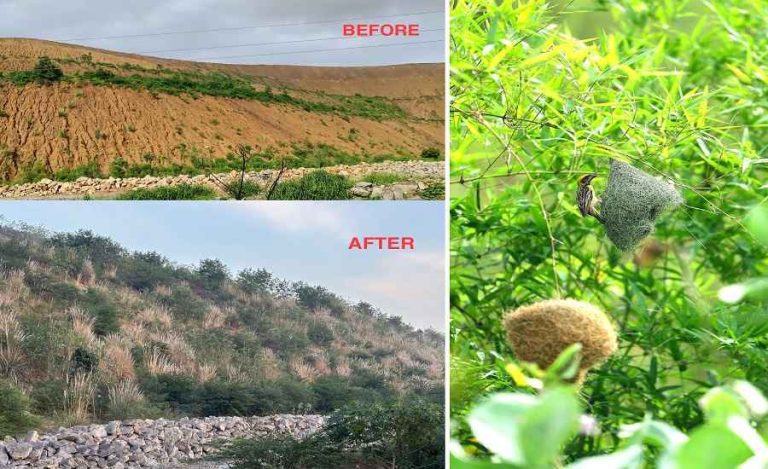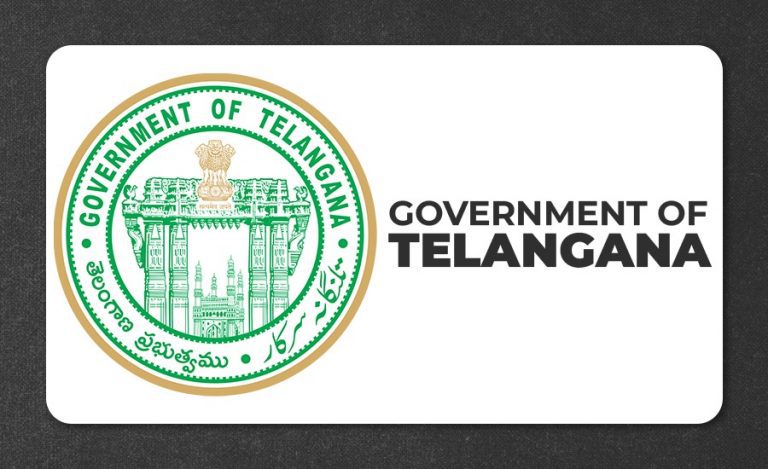The Indian rhinoceros, once on the brink of extinction, has seen a remarkable resurgence in its population, thanks to decades of dedicated conservation efforts by the government and the forest department. From a staggering low of just 200 individuals at the start of the 20th century, India now boasts over 2,600 rhinos, housing approximately 85% of the world’s total Indian rhino population. This remarkable turnaround is proof of India’s pledge to save one of its most iconic species.
A CENTURY OF DECLINE: FROM ABUNDANCE TO CRISIS
Historically, Indian rhinos roamed across vast stretches of the Indo-Gangetic plains, from Pakistan to northeastern India and southern Nepal. They thrived in the fertile grasslands along the Indus, Ganges, and Brahmaputra rivers. However, excessive hunting and agricultural expansion drastically reduced their range by the late 19th and early 20th centuries.
Reports from that era describe the slaughter of rhinos on a massive scale, with some British officers reportedly shooting over 200 rhinos in Assam alone. By 1908, the population in Kaziranga National Park had dwindled to a mere 12 individuals, signaling a near-extinction event for the species.
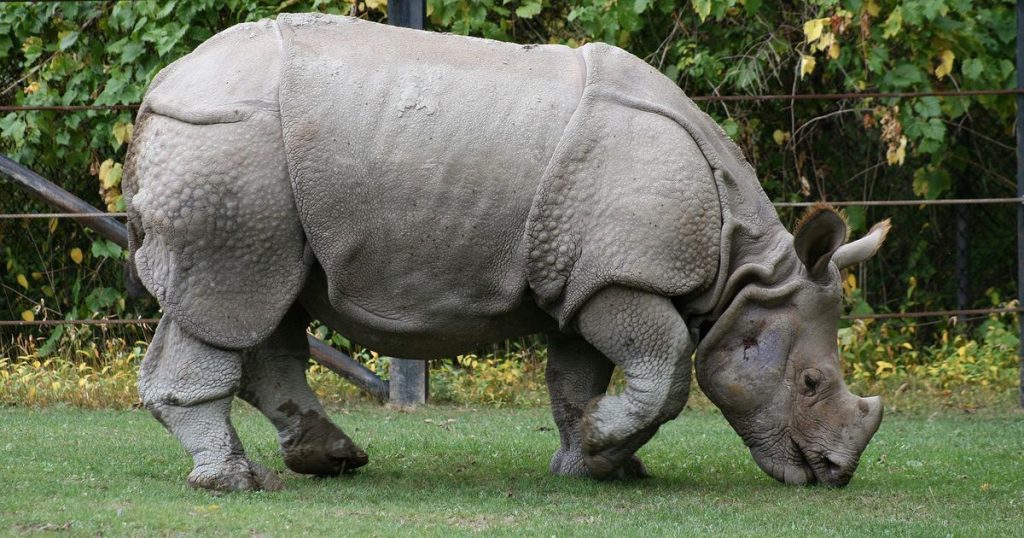
A TURNING POINT: EARLY CONSERVATION EFFORTS
In 1910, India banned rhino hunting, marking the beginning of concerted efforts to save the species. This early legislation was followed by stricter measures in the 1950s, with the country’s first conservation law in 1957. At the heart of India’s rhino conservation success is Kaziranga National Park in Assam. Declared a national park in 1974, Kaziranga has become synonymous with rhino conservation, with over 2,600 individuals residing there today—making it home to more than 70% of the world’s Indian rhinoceros population.
The establishment of protected areas, along with anti-poaching patrols and habitat restoration, became key components of India’s rhino conservation strategy. By the late 20th century, these efforts were bearing fruit. The population began to rise steadily, from just under 2,000 rhinos in the 1990s to over 3,700 individuals globally by 2021. India alone accounts for 3,262 rhinos, spread across Assam, West Bengal, and Uttar Pradesh.
ASSAM: THE BEATING HEART OF RHINO CONSERVATION
Assam has emerged as the cornerstone of India’s rhino conservation story. With a population of around 2,885 rhinos, the state has been instrumental in ensuring the species’ survival. Kaziranga National Park remains the most significant stronghold, but smaller populations also thrive in Orang National Park, Pobitora Wildlife Sanctuary, and Manas National Park.
Despite the success, rhino conservation in Assam has not been without challenges. Poaching remains a persistent threat, driven by the illegal demand for rhino horns in traditional Chinese medicine. Between 1980 and 2006, over 150 rhinos were poached in Assam. However, a combination of stricter anti-poaching laws, the use of technology such as drones, and local community involvement has helped curb this menace.
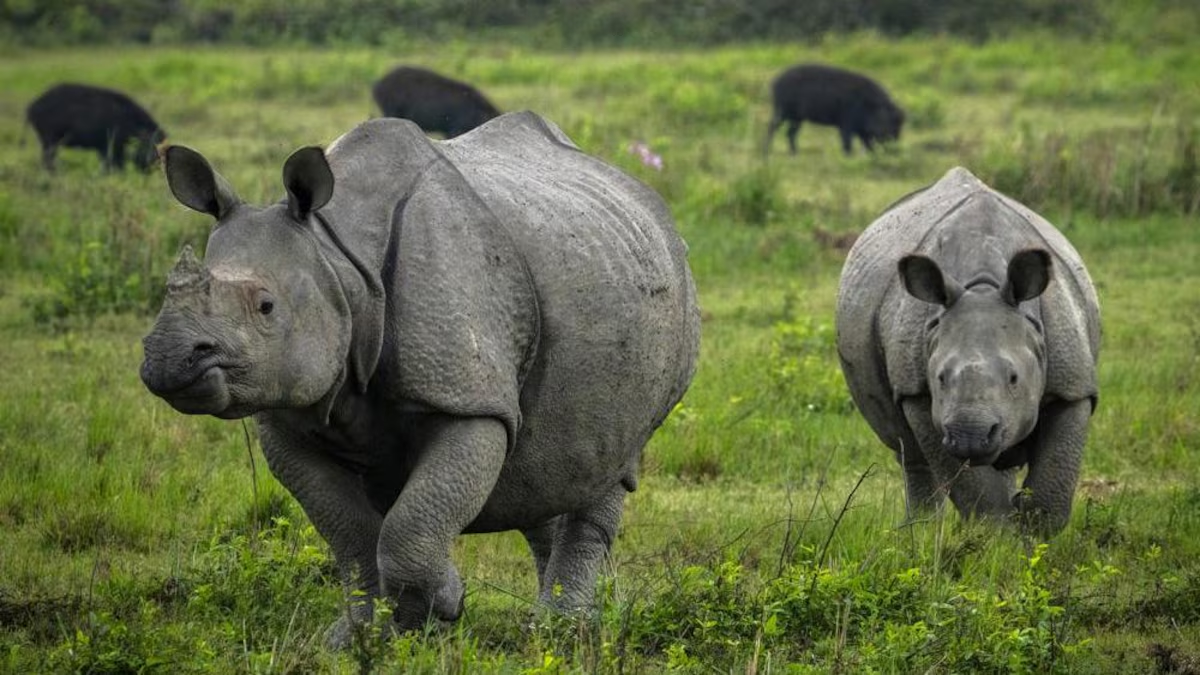
EXPANDING THE RANGE: REINTRODUCTION EFFORTS
India’s conservation efforts have not been limited to Assam alone. In recent decades, there have been attempts to reintroduce rhinos to areas where they had once been wiped out. One of the most significant successes has been in Dudhwa National Park, Uttar Pradesh, where a population of 38 rhinos now thrives after reintroduction efforts in the 1980s. Similarly, the Indian Rhino Vision 2020 (IRV 2020) program aimed to reintroduce rhinos to Laokhowa Wildlife Sanctuary in Assam. Although initial attempts faced setbacks, the program marked a critical step towards expanding the species’ range and reducing the risk posed by having most of the population in a single area.
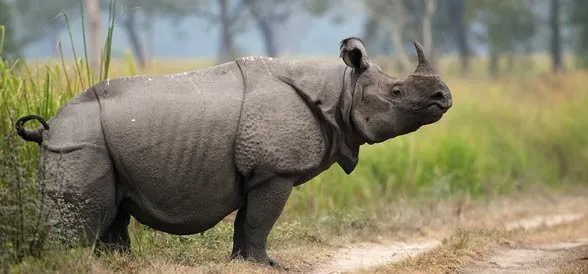
GLOBAL IMPACT: 85% OF THE WORLD’S RHINOS IN INDIA
India’s success in rhino conservation has had a global impact. Today, approximately 85% of the world’s Indian rhinoceros population resides in India. This is a remarkable achievement, considering the species was nearly extinct just a century ago. However, the conservation success has also highlighted the risks of concentrating such a large portion of the population in a single region. Kaziranga, while a safe haven, remains vulnerable to threats such as floods, disease outbreaks, and political unrest.
To mitigate these risks, India is now focusing on spreading the population across multiple protected areas, both within the country and in neighboring Nepal. Collaborative efforts with international conservation organizations, including the World Wildlife Fund (WWF), continue to strengthen India’s position as a global leader in rhino conservation.
India’s success in rhino conservation clearly indicates what can be achieved through sustained efforts, strong policies, and community involvement. From a population of just 200 rhinos in the early 1900s to more than 3,200 today, India has not only saved a species but also demonstrated the power of conservation in reversing the tide of extinction. As the country continues to protect and expand its rhino populations, the future of the Indian rhinoceros looks brighter than ever.







